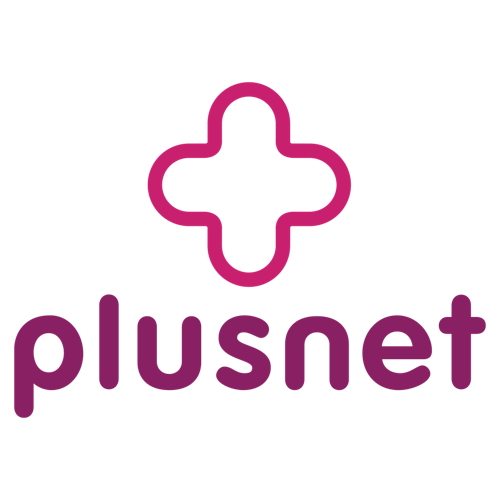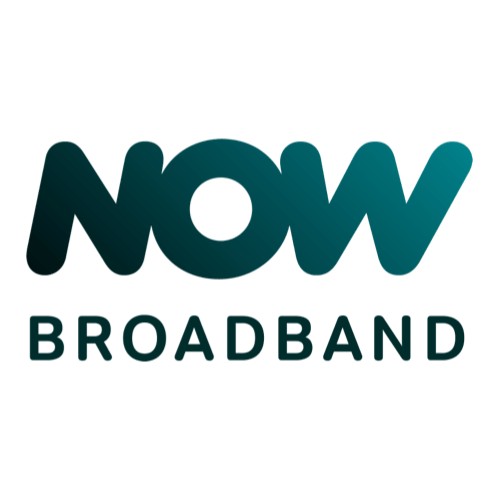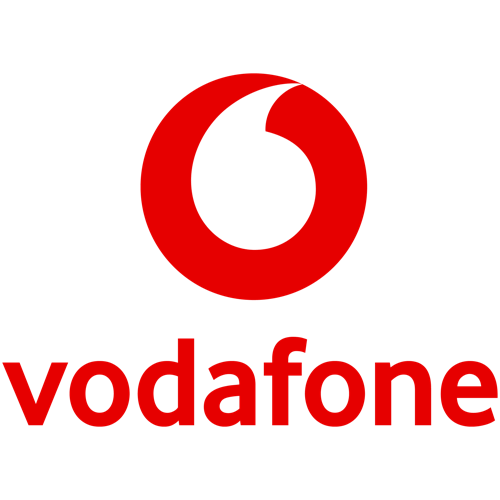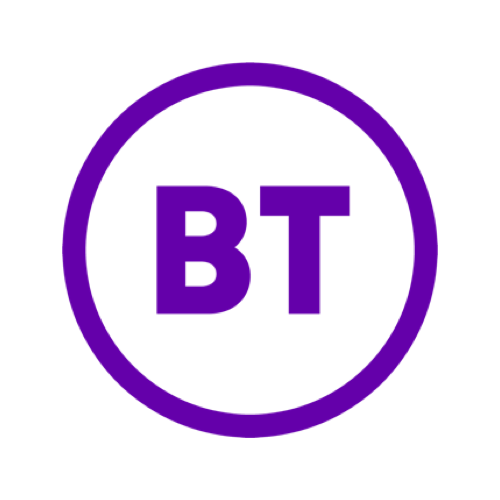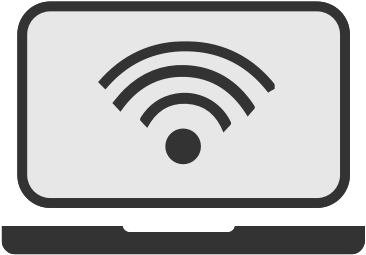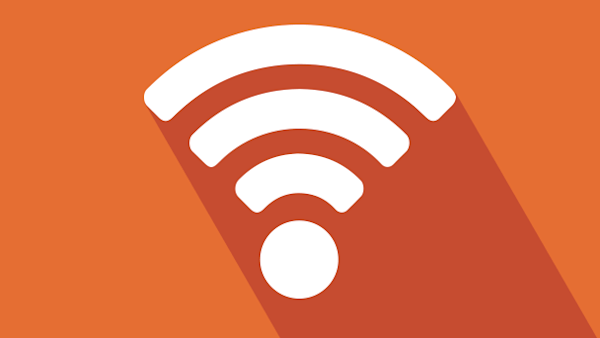
There are two main types of broadband: fibre optic, and ADSL. Fibre optic broadband is the faster of the two, but what exactly is ADSL? And is it the right type of broadband for you? Here’s everything you need to know…
When you’re looking for abroadband deal, you’ll usually find there are two main options:fibre optic, and ADSL. Fibre optic broadband is speedy and futuristic-sounding, but what’s ADSL all about?
What is ADSL broadband?
ADSL stands for ‘asymmetric digital subscriber line’. It essentially means basic broadband you can get through a telephone line, delivered via the same copper wires that connect yourhome phone. The ‘asymmetric’ bit of its name refers to the difference in download and upload speeds - while download speeds can be up to 17Mb, upload speeds are much lower - not much more than 2Mb.
BT owns the UK’s landline infrastructure, so your ADSL broadband will connect through a BT exchange - whether you get a package from BT or another provider that uses the Openreach network.
Which providers offer ADSL broadband?
Most of the major providers in the UK have ADSL packages available. Take a look at broadband from:
The exact providers and packages available, however, will vary depending on your location.Use our postcode checkerto find out exactly what you can get in your area.
Why should I get ADSL broadband?
It’swidely available. Unlike fibre optic broadband, ADSL connections are available pretty much everywhere - if there’s a phone line in your home, you can almost certainly get basic broadband too.
As well as that, it’s generallycheaperthan fibre optic. Some providers, such as Sky, even have packages that offer ADSL broadband for free if you subscribe to other services.
Though download speeds may not be the fastest around,17Mb is more than enoughto handle most basic online tasks - like browsing the web, sending emails, and streaming a bit of music and video. That said, if you have a large family, with lots of people online at the same time, you should probably look towards fibre optic broadband if you can get it, as the extra speed will ensure a smoother experience for everyone.
Most providers also have ADSL packages available withunlimited downloads, so you can transfer files, watch Netflix, and post pictures to Facebook without fear of hitting a download cap.
What are my other options?
Depending where you live, there may be different kinds of broadband available to you too.
Fibre optic broadbandis much faster and more reliable than ADSL, and means you can download big files in a jiffy, watch HD video, and get the whole family online at the same time. However, it’s often more expensive than ADSL, and isn’t nearly as widely available.Read more about fibre optic broadband.
Cable broadbandis delivered through ‘coaxial cable’, and in the UK it’s only available from Virgin Media. It’s super speedy and delivers TV as well as internet, but is even less widespread than fibre and often quite costly.Read more about Virgin Media broadband.
Another option is wireless broadband, which operates over 4G - like a mobile phone network. Wireless is ideal for areas where broadband struggles to reach, like remote rural villages or big tower blocks, but isn’t nearly as reliable as a wired connection and often has usage caps.
Similar broadband packages
What is ADSL broadband?
ADSL stands for ‘asymmetric digital subscriber line’. In a nutshell, it refers to broadband that comes into your home through a telephone line and is delivered via the same copper wires that connect yourhome phone.
The ‘asymmetric’ bit of its name stems from the disparity between download and upload speeds with ADSL broadband.
While download speeds average about 11Mbps, upload speeds are much lower - averaging between 2-3Mbps.
BT owns the UK’s landline infrastructure, so your ADSL broadband will connect through a BT exchange - whether you get a package from BT or another provider that uses the Openreach network.
ADSL is an older technology than faster fibre broadband, which is delivered through fibre-optic cables.
Which providers offer ADSL broadband?
Most of the major providers in the UK have ADSL packages available, including BT, TalkTalk and Plusnet. The exception among household-name providers is Virgin Media, which solely offers a cable broadband service.
Recommended ADSL broadband suppliers include:
The providers and packages available at your address, however, depends on your location.Use our postcode checkerto find out exactly what you can get in your area.
Why should I get ADSL broadband?
ADSL broadband is typically a cheaper package than fibre optic broadband and is perfect if you're a light internet user, or live alone, and don't really need a super-fast fibre optic connection.
Unlike fibre broadband, ADSL connections are available pretty much everywhere. If there’s a phone line in your home, you can almost certainly get ADSL broadband too.
Averaging between 10Mbps and 17Mbps, ADSL download speeds aren't the fastest around. But that's more than enough to handle most basic online tasks, such as browsing the web, sending emails, and streaming a bit of music and video.
However, if you have a large family, with lots of people online at the same time, you should probably consider fibre optic broadband if you can get it, as the extra speed will ensure a smoother experience for everyone.
Most providers also have ADSL packages available withunlimited downloads, so you can transfer files, watch Netflix, and post pictures to Facebook without fear of hitting a download cap.
What types of broadband are available?
The four main types of broadband are: ADSL broadband, fibre optic broadband, cable broadband and mobile broadband.
ADSL is the cheapest and most widely available type of broadband. However, it's not anything like as fast as fibre optic or cable. ADSL is a good option if you're a light internet user. Or live alone or perhaps with one other person.
Fibre optic broadband is much faster and more reliable than ADSL, and means you can download movies quicker, watch HD video, and get the whole family online at the same time without slowing down the service. However, it’s often more expensive than ADSL, and isn’t nearly as widely available.Read more about fibre optic broadband.
Cable broadband is delivered through ‘coaxial cable’, and in the UK it’s only available from Virgin Media. It’s super speedy and delivers TV as well as internet, but is even less widespread than fibre and often quite costly.Read more about Virgin Media broadband.
Another option is mobile broadband, which operates over 4G or 5G - like a mobile phone network. Wireless is ideal for areas where ADSL, fibre and cable broadband struggles to reach, such as remote rural villages or big tower blocks, but isn’t nearly as reliable as a wired connection and often has usage caps.

